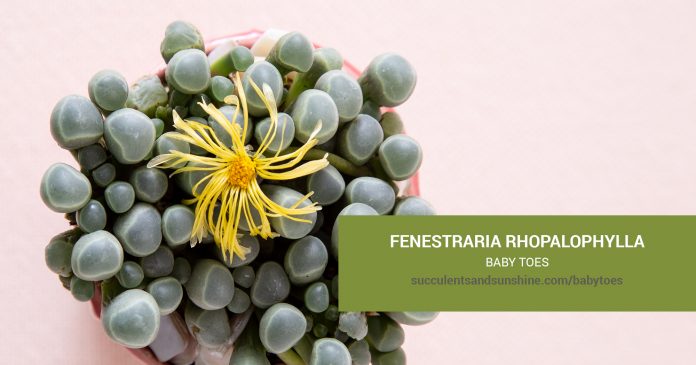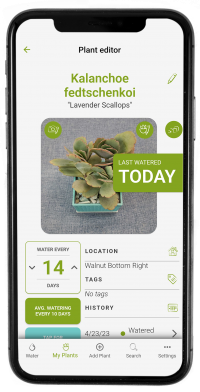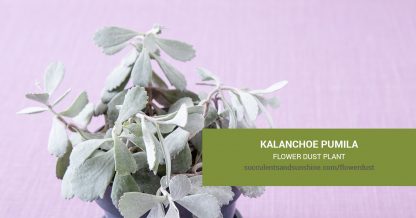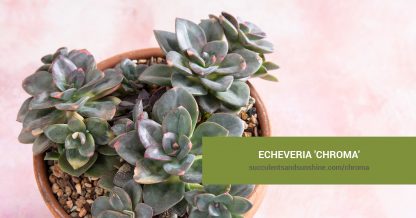Care and Propagation Information
General Care for Fenestraria rhopalophylla “Baby Toes”
“Baby Toes” has windowed leaves, similar to Lithops. The transparent area at the top of the plant has no green pigment, allowing light to pass through.
Watering
Fenestraria rhopalophylla “Baby Toes” has typical watering needs for a succulent during its active growing period. It's best to use the “soak and dry” method, and allow the soil to dry out completely between watering.
“Baby Toes” is dormant in the heat of the summer. It's important not to water during this time, as doing so could cause root rot.
Where to Plant
Fenestraria is not cold hardy, so if you live in a zone that gets colder than 30° F (-1.1° C), it's best to plant this succulent in a container that can be brought indoors. It does well in full to partial sun.
Plant in an area of your garden that gets 6 hours of sunlight a day. If planting indoors, place in a room that gets a lot of sunlight, such as near a southern-facing window (if you're in the Northern Hemisphere).
How to Propagate Fenestraria rhopalophylla “Baby Toes”
Although Fenestraria rhopalophylla “Baby Toes” can be propagated from seed and offsets, it's recommended to use offsets as your main source. Seeds from Fenestraria do not reliably germinate, and grow very slowly.
Offsets
Fenestraria rhopalophylla “Baby Toes” will produce offsets which can be divided from the main plant. Simply cut offets from the main plant with a sterile knife, or pull up the small starts from the base of the plant. Allow the offsets to dry for one to two days before replanting.
Seed
To grow “Baby Toes”from seed, sow in a well-draining soil in the fall. You can grow seeds outdoors if you live in an zone above 10a. If you live in a cooler area, you can begin sowing indoors under a grow light.





